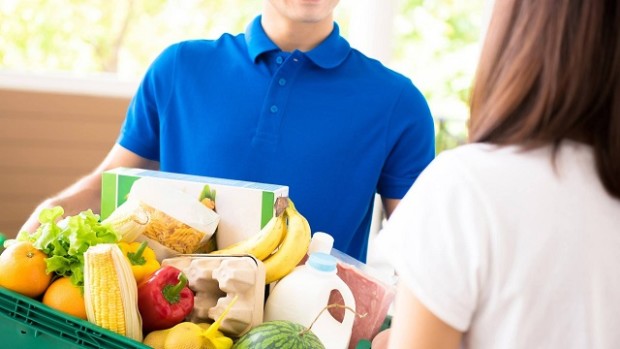
In recent years, Australia and New Zealand have seen growth in online grocery sales, with industry revenue in Australia expected to grow to an annualised 21.7% over the past 5 years, to a total of $3.3 billion. This is couple by consumers’ increasing interest in buying groceries online, with an estimated 5 million Australians considering buying groceries online in the next year, up from approximately 800,000 a year ago*.
As e-grocery sales increase, grocers need a strategic approach that supports same-day home delivery and curb-side pickup. The right automation technology can provide this support and deliver needed productivity and speed.
As major grocery chains around the globe work on plans to automate the complex e-grocery fulfillment process, no clear consensus has emerged on the ‘best approach’ to this challenging automation application. In reality, this is because there is no one single, all-encompassing answer. Let me explain.
E-grocery fulfillment challenge: order diversity
E-grocery fulfilment is particularly challenging because of the variety of products that must be aggregated in a single order. Grocers offering home delivery or store pickup can’t limit the products they offer their customers to those that can be easily handled by an automated system. Instead, they must consolidate fresh produce, meats and seafood, and frozen foods with automation-friendly non-perishable and refrigerated items. That requires tight integration between manual and automated picking processes.
One key to an effective strategy for operations is determining the best way to utilise existing stores in integrating these processes. It is important to consider whether it is more advantageous to invest in automated distribution centres that can support customers in a regional hub-and-spoke system or to add automation onto the store and serve local e-grocery and in-store shoppers from the same location.
Most grocers are not in a position to design their stores around their automation system, so they require compact and modular systems that can be configured to the available space and adapt to changes in evolving processes.
Flexible software is critical to the process, to ensure technology is the servant of the task, not the master that must be obeyed.
Automation software
Automation control software is crucial to the success of any e-grocery fulfillment solution. Orchestrating activities between automated and manual picking requires a level of software maturity and sophistication not all solutions provide. Grocers that carefully analyse the potential distribution models and available automation technologies and make the right choices for their business, can still encounter serious challenges in execution if the software proves inadequate.
Swisslog recognises that the surge in demand for e-grocery services creates both tremendous opportunity and serious challenges for grocers. The company has been working with grocery chains globally and in Australasia to help them match the right automation system and software to their chosen distribution model. The first e-grocery installations are already being installed in Australia.
Whether it’s a hub-and-spoke arrangement, a bolt-on store automation approach, micro-fulfillment centres or a fully automated grocery store, Swisslog has the expertise, as well as the automation technology and software, to support any e-grocery fulfillment strategy.
To access Swisslog’s new e-book, A Shopper’s Guide to E-Grocery Fulfilment, click here. To speak with Swisslog’s retail and e-commerce expert, please contact Paul Stringleman here.
*Source: IBISWorld Market Research Report: Online Grocery Sales in Australia.





